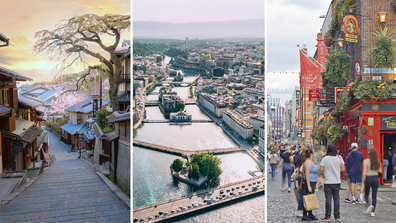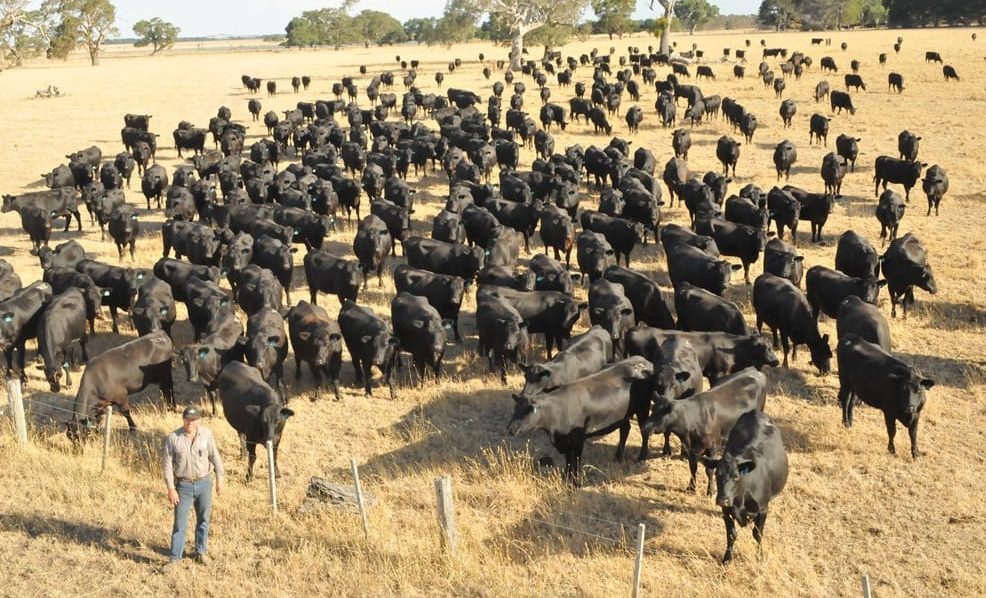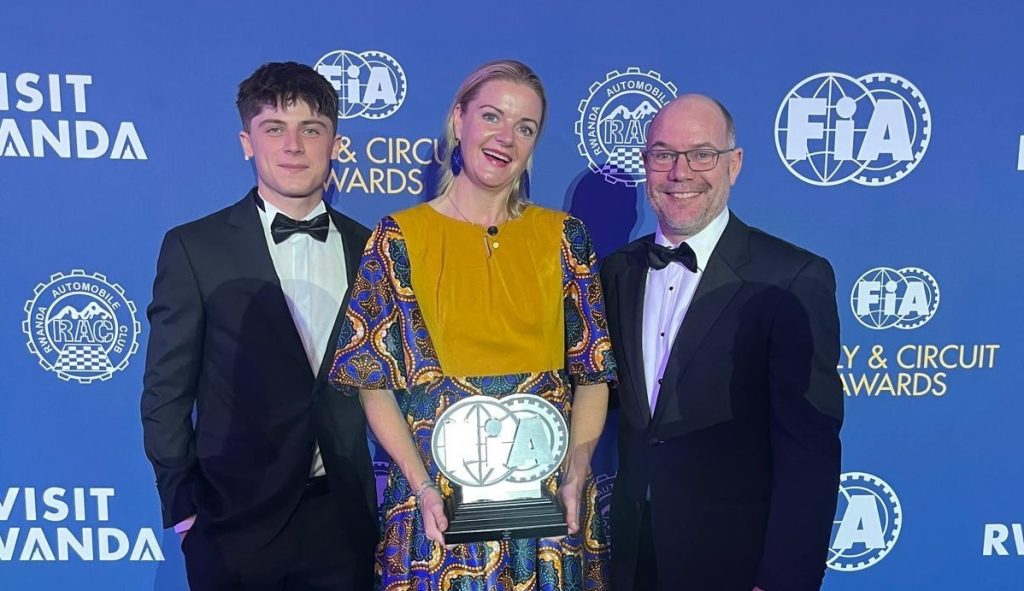It’s the international benchmark no Aussie city meets. But should we?

- by Admin
- October 4, 2024

This vision of a 15-minute city developed by French professor Carlos Moreno has captured the public imagination in recent years, since being popularised by Parisian mayor Anne Hidalgo during her 2020 re-election campaign.
No Australian city made the cut, although some came close.
So just what does a 15-minute city actually look like in practice, and is achieving one really the ultimate goal of creating thriving, sustainable development?
We spoke to two Australian urban planning experts to find out.
The 15-minute city: A new label for an old idea
“The 15-minute city concept is this idea of hyper-neighbourhood living,” Griffith University’s Dr Tony Matthews told 9news.com.au.
“So it’s the idea that all essential services – the sorts of things that you would use day-to-day, most days – are all within a 15 minute radius, ideally by bicycle or by walking.”
This encompasses not only shops, eateries, parks and sports grounds but also employment opportunities, educational centres, cultural hubs and heathcare.
As for why the idea has taken off in recent years, Matthews believes much of the appeal comes as a “reaction to car dependency and endless commuting”, signaling a shift back towards an older-style community model more akin to a village.
Yet many of the concepts of the 15-minute city have been around for decades, according to University of Queensland’s honorary Professor of Planning, Neil Sipe.
He compares the concept to New Urbanism, which emerged in the 1980s and focused on creating walkable, well-serviced urban spaces.
“Planners have been trying to make this happen for a long time – it’s just that they haven’t been very successful,” he explained to 9news.com.au.
From the cobblestones of Europe to the high rises of Asia
On a world map ranking the world’s 15-minute cities, a sea of red dots across the Americas, Asia and Africa is broken up by a cluster of blue in Europe.
That’s no coincidence, says Sipe.

”The reason European cities are coming out ahead is because that’s the planning system they’ve had, and they’ve been working on it for 100 years or more.
“Whereas in places like the US, a lot of the cities outside of the older established areas have all grown up around a car.”
Sipe describes the car as the “antithesis of the 15-minute city”, noting that in a true example of the model, residents would be able to do away with them altogether.
Take Geneva, the capital of Switzerland.
Ranked the world’s number one 15-minute city according to the Sony Computer Science Laboratories researchers, the average resident is just a five minute walk or a three minute bike ride away from any service.
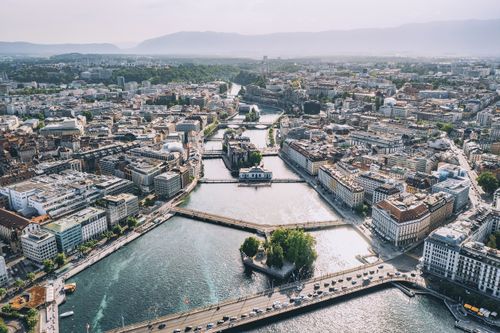
With a population the size of Hobart but just a fifth of the landmass, thousands of apartment blocks line its historic cobblestone streets in neighbourhoods that combine residential, commercial, and recreational spaces.
If you should need to an area of the city further afield, you’ll find an efficient public transport network at your doorstep.
In an effort to become more walkable and reduce congestion, Barcelona is developing a radical way of giving streets back to residents, with the realisation of ‘superblocks’.
Combining nine apartment blocks centred around green spaces, they form mini, partially self-sufficient neighbourhoods.
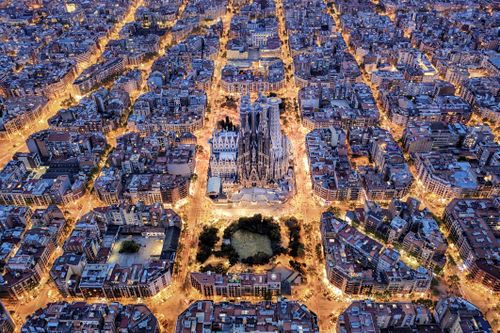
Other 15-minute success stories – such as Malé, the capital of the Maldives – benefit from being bound by water, limiting urban sprawl and forcing the efficient use of the available land.
Known as an “organic” 15-minute city, Tokyo – with a population of 34 million – is also the largest.
Its compact, high-rise design and mixed use spaces mean residents have an average walk time of 12 minutes to all their essential services.
While these cities may look vastly different, they all have one thing in common: they were developed long before the emergence of motor vehicles.
Of all the Australian capitals, Melbourne is likely best placed to rank among the world’s 15-minute cities within the next generation, according to Matthews.
The Victorian capital was an earlier adopter of the concept.
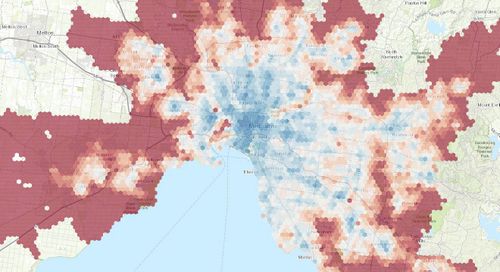
“Places like St Kilda and Carlton – these are all sort of self-contained neighbourhoods,” notes Matthews.
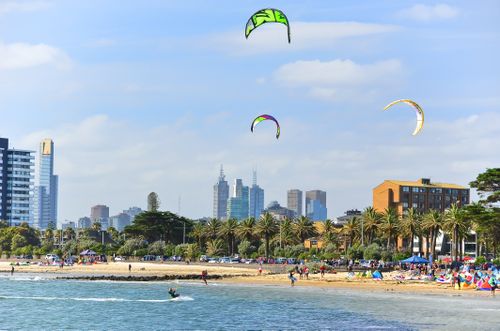
Yet Melbourne misses out on a 15-minute city ranking, with the analysis published in Nature Cities giving it an average ‘walk time’ of 17 minutes.
This is largely thanks to the city’s sprawling outer reaches (shown above in red),
So why are Australian cities falling short?
Sipe and Matthews put this down to a continually rising population combined with Australians’ ongoing love affair with the standalone family home.
“There’s a huge demand for housing and that needs land, so that has continued to keep our cities pushing outward,” Matthews said.

“We have, over the last 15 years especially, done a tonne of work to increase densities in cities, provide more apartments and places for people to live, but it’s nowhere near enough to keep up with population growth.”
And whereas in most of Europe, most people in major cities live in apartment blocks or tightly packed terraces, Australians remain wedded to their quarter-acre blocks.
The result is decades of urban sprawl that have seen our cities grow ever-outward, placing urban populations further from the well-serviced and interconnected city centres.
“The outer suburbs are always the poor man of Australian cities, because they’re always the places that are developed most recently and are still waiting on essential services,” Matthews explains.
With among the lowest population densities in the world, space is an enemy of walkability.
Take Brisbane – the geographically largest Australian city, covering an area of approximately 15,826 square kilometres.
It ranks last amongst Australia’s capitals on the 15-minute city index, with an average walk-time of 25 minutes.
So are 15-minute cities a pipe dream for a sprawling Australia?
Yes and no, say urban planners.
Urban sprawl isn’t going anywhere any time soon, says Matthews, and that will likely always leave us playing catch-up as far as providing services to our cities’ outer reaches.
Distance is also an enemy of any city’s walkability.
”It’s much harder to retro-fit the 15-minute city concept back onto a city that is already very spread out like most – well, like all – Australian cities,” Matthews said.
“We have 100-odd years of spatial odd legacy that we are carrying around. So there will still be a need for people to commute, either by car or public transport.”
But while those of us in the suburbs probably shouldn’t put our cars up for sale on Gumtree anytime soon, both scholars agree there’s much to be gained from focusing urban planning around mixed-use, well-connected neighbourhoods.
“It’s a matter of getting all the parties together – the transport providers and the people who determine the land use – and combining those things together,” Sipe said.
The Latest News
-
December 21, 2024‘Dream come true’: Emotional Test bolter on shock call-up and classy act from man he replaced
-
December 21, 2024‘Got this wrong’: Former skipper criticises selectors’ call
-
December 21, 2024The Kings horse Gilded Water wins at Randwick races
-
December 21, 2024Nick Kyrgios has chance to become first player ‘to do it all’, says tennis great in big statement about Aussie
-
December 21, 2024Australia retains Rose Bowl after rain-affected victory
